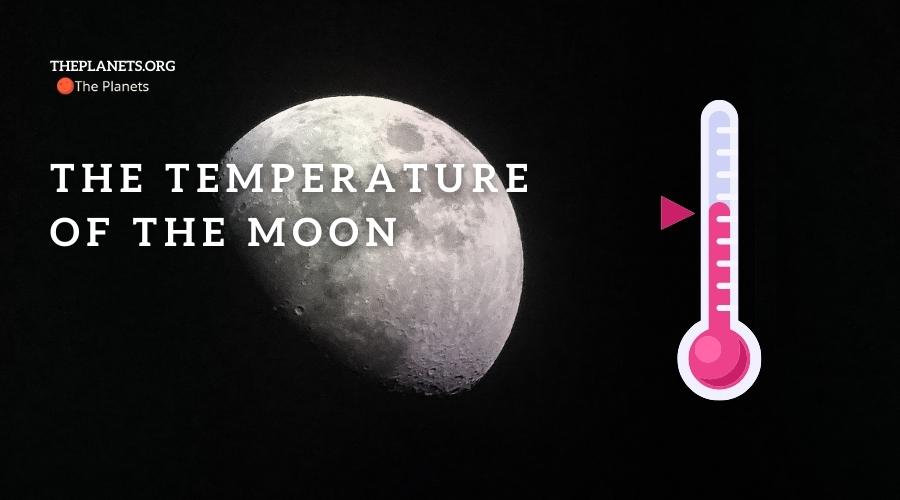
The moon serves as a guiding light in the night sky. Despite the peaceful glow it produces, the realities of living on the surface of the moon are anything but. Temperatures on the moon can vary dramatically based on how much sun exposure it has.
Why Atmosphere Is Important
Unlike planet Earth, the moon doesn’t have an atmosphere to protect it from extreme temperatures. When sunlight reaches Earth, it bounces off the surface and radiates upward. However, the atmosphere acts as a form of insulation. Not only does it prevent radiant heat from escaping, but it prevents radiation from driving the temperature up to uninhabitable extremes. The atmosphere works alongside the planet’s heated core to make the surface habitable.
Unfortunately, that’s not the case for the moon. The lack of any atmosphere causes an extreme temperature range. When the surface is exposed to the sun, the temperatures on the moon can rise to 127 degrees Celsius, or 260 degrees Fahrenheit.
The unique thing about the moon is that the days are much longer as well. A day is determined by the time it takes for a planetary body to rotate on its axis. For Earth, it’s only 24 hours. However, the moon takes roughly 27 or 28 days! For half of that time, only one side is exposed to the sun. This is the side we see from down here on Earth thanks to tidal locking. The moon’s orbit around Earth is what causes the different phases, such as full moon and half-moon. While one side is lit, the other side that we never see is exposed to extreme cold and darkness.
The Far Side
On the dark side of the moon with no sun, temperatures can be as low as -232 degrees Celsius, or -387 degrees Fahrenheit! It can get even lower than that is certain areas. The moon has a relatively minimal tilt. Thus, the northern and southern poles aren’t given equal exposure to the sun. Plus, the surface of the moon is riddled with deep craters.
Scientists believe that some craters have the presence of ice because they haven’t seen sunlight for billions of years! Within those craters, temperatures can get as low as -272 degrees Celsius, or -458 degrees Fahrenheit.
Needless to say, the moon isn’t nearly as comfortable to be on as Earth. Due to its lack of an atmosphere and its unique rotational pattern, extreme temperatures are very common.